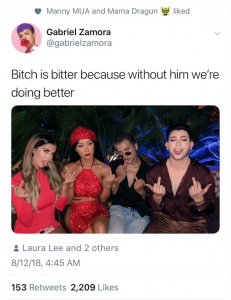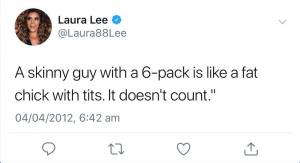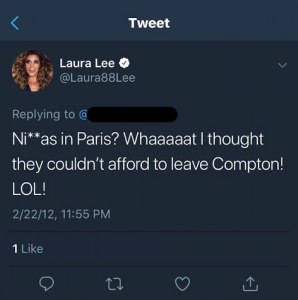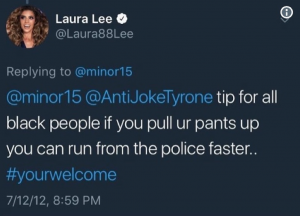As per Dean’s Article, it all began with a series of replies with the George W. Bush’s administration. Dean was able to put out her point stating her argument with the due success of Neoliberal. For the debate I was in FOR Dean’s article emphasizing Neoliberal Globalization hence I read the article with that point of view. The article stated that social media not inhibits rather than enhances sociopolitical changes. I had taken the role of speaking the closing statement. Throughout the reading Dean’s point of view was 10 years ago which kind of still strongly relates. Dean’s argument did affect my opinions somehow. It changed my perspective in how people blindly follow up things. As I stated in my closing statement regarding the ALS Ice bucket challenge, it has collected a lot of funds but not because people wanted to bring a change or donate for the cause it was more like a mandatory post for one’s social media account. I will admit I wasn’t even concerned about ALS, the only highlight was ICE BUCKET CHALLENGE. I also agree social media is a platform where you can’t judge if a matter is true or false. But everyone is clever enough to figure it out in some time now.
The opposing team had presented few examples such as the Arab Spring and Me Too. They didn’t really talk about Me Too much which turned out to be their weaker point to my perspective. Me Too was a perfect example to raise the bar between the arguments as through social media there a change bought in people’s life. However, the AGAINST team didn’t really impact because my view was almost similar to theirs. After all we are in the millennial era. Everyone follows social media more than anything and aware whatever is viral or not. If the issue really matters or is real with the help of social media there can be change in the society. Though the FOR arguments did make sense because even if the social media is bringing a sociopolitical change, people may be participating for it but there are quite few out there who are really concerned and majority of the users aren’t even aware of their situations it’s more like they want to participate the trend. . But I believe I am 50-50% agreement with both the stands.
The second debate was on Manuel Castells’ chapter, ‘The Egyptian Revolution’. It focused on how social media helped in informing the world about Egypt’s sociopolitical change. The difference between both the arguments in Castell’s supported the usage of social media platform like Facebook, Twitter and youtube while Dean clearly stood out against this platform.
However, this debate was a fun activity which helped in learning different perspectives and makes a person understand the usage of social media for sociopolitical change much easier.
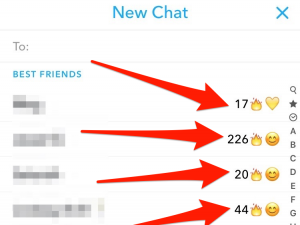 WORK CITED
WORK CITED